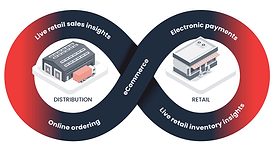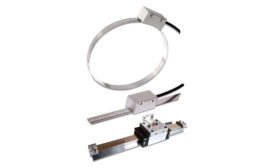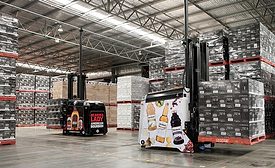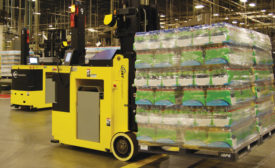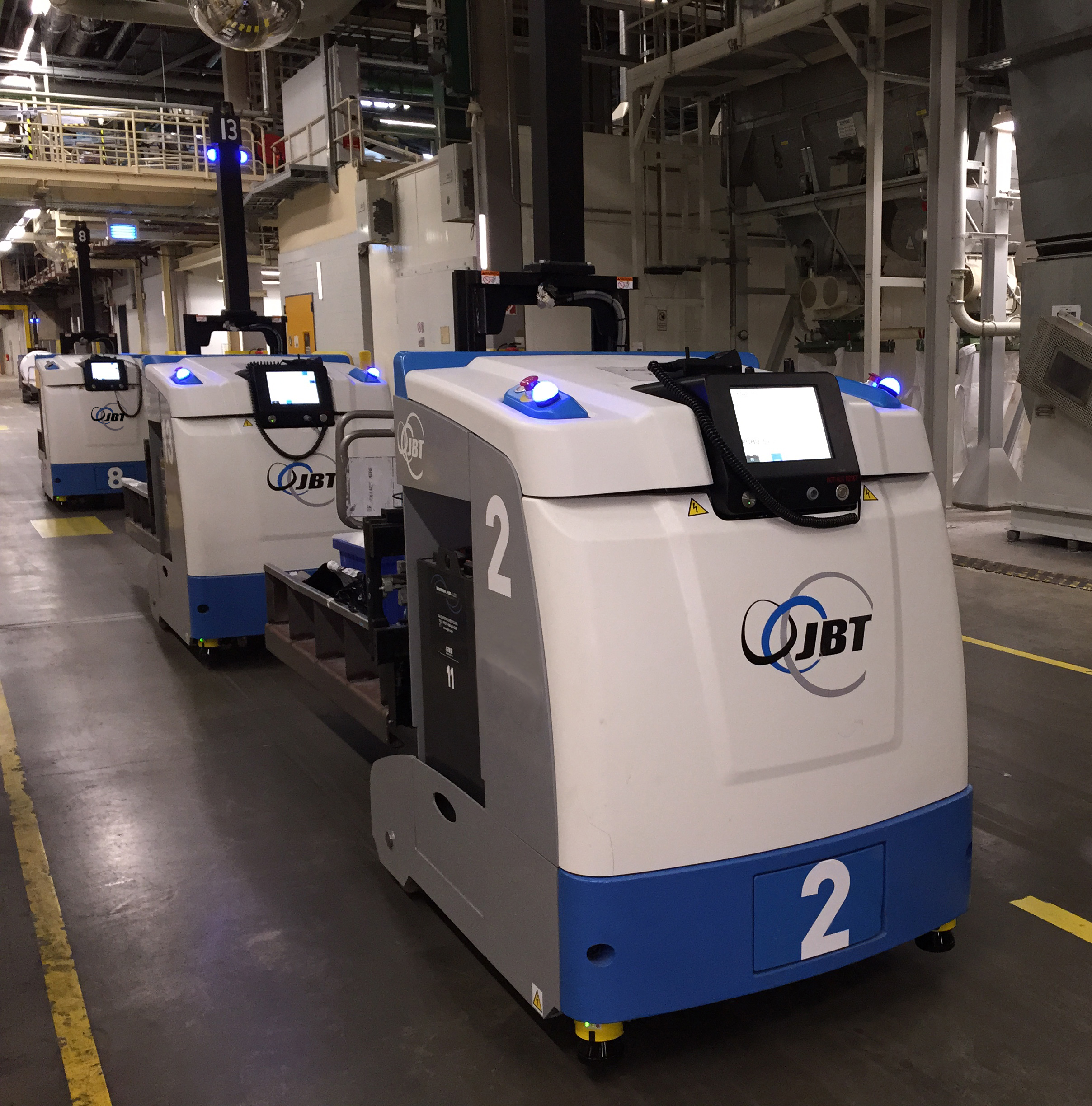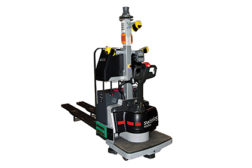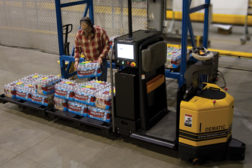Home » Keywords: » AGVs (automated guided vehicles)
Items Tagged with 'AGVs (automated guided vehicles)'
ARTICLES
Market Insights
Technology advancements streamline beverage distribution
Read More
Warehouse
Automated guided vehicles benefits expand during pandemic
Advancements help AGVs operate more efficiently, safely in beverage warehouses
August 5, 2020
Beverage plants interface robotics and automation
Robotic arms improve supply chain processing
October 21, 2019
AGVs maximize production, ROI for warehouses
Suppliers introduce new AGVs to beverage market
August 23, 2019
Advanced technology drives automated guided vehicles
Speed, cost savings among benefits of infrastructure-free navigation
August 15, 2017
AGVs proliferate as warehouse automation grows in beverage industry
MHI to expand ProMat 2017 to include autonomous vehicle solution center
August 15, 2016
Clearing a path for Automated Guided Vehicles
Automated guided vehicles demonstrate value, efficiency and safety
August 15, 2012
Elevate your expertise in the beverage marketplace with unparalleled insights and connections.
Join thousands of beverage professionals today. Shouldn’t you know what they know?
JOIN NOW!Copyright ©2025. All Rights Reserved BNP Media.
Design, CMS, Hosting & Web Development :: ePublishing
